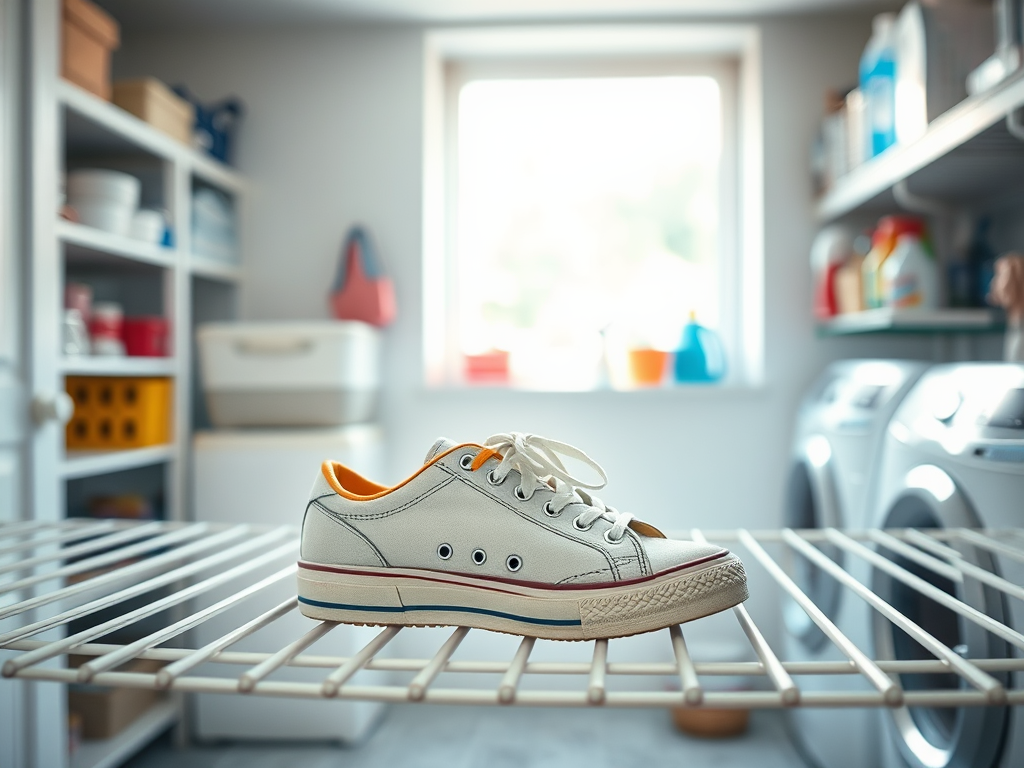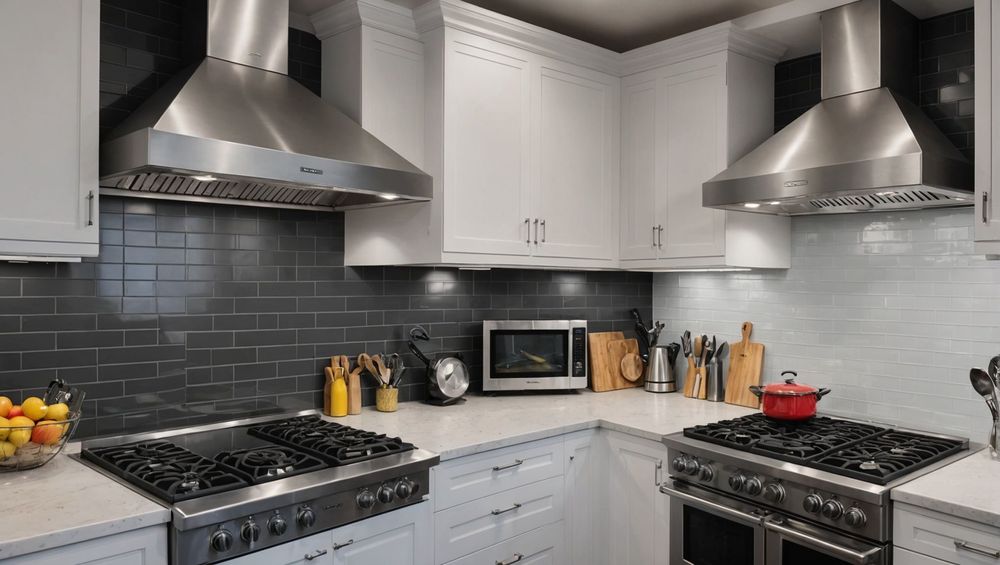Have you ever found yourself in a situation where your favorite tennis shoes are drenched after a rigorous workout or a spontaneous rain shower? While the temptation to toss them into the dryer for a quick fix might be strong, this article aims to unravel the mystery surrounding the appropriate methods for drying tennis shoes. Discovering the best options for caring for your footwear can extend their lifespan and maintain performance. It’s important to weigh the risks and benefits before succumbing to convenience, especially when it comes to your favorite pair of sneakers.
In the world of athletic footwear, the key to optimal performance lies not just in how you wear them but also in how you care for them. With various materials and construction techniques used in modern tennis shoes, understanding these elements is crucial for any athlete or casual wearer. From the soft fabric to the rubber soles, each part of the shoe can react differently to heat, moisture, and drying techniques. As we dive deeper into this topic, you’ll learn not only what methods are advisable but also the science behind why certain approaches could spell disaster for your footwear.
The Risks of Putting Tennis Shoes in the Dryer

Putting tennis shoes in the dryer may seem like a convenient solution, but the potential risks are significant. First and foremost, the high heat can damage the materials of your shoes, causing the rubber to warp or the fabric to lose its shape. Additionally, the intense tumbling action in a dryer can compromise the structural integrity of your shoes. This degradation can lead to diminished support while you’re playing or exercising, risking both performance and comfort.
Another concern is the noise that comes from shoes thumping against the dryer drum. This not only can be bothersome but poses risks of damaging your dryer itself. Manufacturers often caution against using dryers for any footwear, emphasizing more suitable alternatives. Therefore, if you’re hoping to maintain your favorite pair in prime condition, it’s essential to consider these risks carefully.
Alternative Drying Methods for Tennis Shoes

Instead of reaching for your dryer, explore the following alternative methods to effectively dry your tennis shoes. Air drying is the most recommended approach, as it minimizes risk while ensuring that the shoes maintain their shape. To do this effectively, remove any insoles and loosen laces to promote airflow. Slipping a few crumpled newspaper or towels inside can help absorb moisture while also retaining the shoe’s shape.
Here are some tips to help optimize your air drying process:
- Place your shoes in a well-ventilated area to speed up the drying time.
- Keep them out of direct sunlight to avoid fading and material degradation.
- Rotate the position of your shoes to expose all areas to air.
In some cases, ambient moisture can hinder drying, especially in high-humidity environments. This is where a fan or dehumidifier comes into play. Using a fan can promote airflow, while a dehumidifier reduces moisture in the air, facilitating faster drying. Consider utilizing both for best results.
| Steps | Description |
|---|---|
| Remove Liners | Take out insoles for separate drying and cleaning. |
| Use Absorbents | Stuff shoes with newspaper or towels to absorb moisture. |
| Choose Location | Place shoes in a ventilated area away from direct sunlight. |
| Time | Allow 24 to 72 hours for full drying, depending on conditions. |
When Is It Acceptable to Use the Dryer?
Though generally discouraged, there are specific scenarios where using a dryer might be acceptable. Certain types of tennis shoes, particularly those made with more robust materials, may tolerate dryer use. However, it’s crucial to utilize low heat settings and ideally, place the shoes in a mesh laundry bag to minimize agitation. If you choose to go this route, understand the risks involved and make sure to monitor the condition of your shoes carefully throughout the drying process.
Expert Opinions and Recommendations
Industry experts often provide valuable insights into the best practices for sneaker care. Shoe manufacturers routinely recommend against dryer use in their care literature, focusing instead on air drying techniques. Podiatrists emphasize the importance of maintaining the structural integrity of shoes to support foot health, especially during physical activity. Your shoes need to provide essential support, cushioning, and flexibility, which can be compromised by improper drying methods.
Conclusion
In conclusion, while the convenience of popping tennis shoes into the dryer can be tempting, the risks often outweigh the benefits. Prioritizing proper drying methods like air drying will not only prolong the life of your footwear but also enhance their performance. With alternative methods readily available, there’s no reason to compromise on the care of your shoes. Always remember that a little extra time and effort can yield significant long-term benefits.
Frequently Asked Questions
- Can I put my shoes in the dryer on a low heat setting? It’s generally not recommended as even low heat can damage shoe materials.
- How long does it typically take to air dry tennis shoes? Air drying can take anywhere from 24 to 72 hours, depending on conditions.
- Are there specific types of shoes that should never go in the dryer? Yes, shoes with any leather components or delicate materials should never go in the dryer.
- Is it safe to use the dryer for canvas tennis shoes? While some may risk it, it’s best to air dry to avoid potential damage.
- How can I reduce odors in my tennis shoes while drying? Consider placing baking soda or dryer sheets inside while air drying to absorb moisture and odors.



